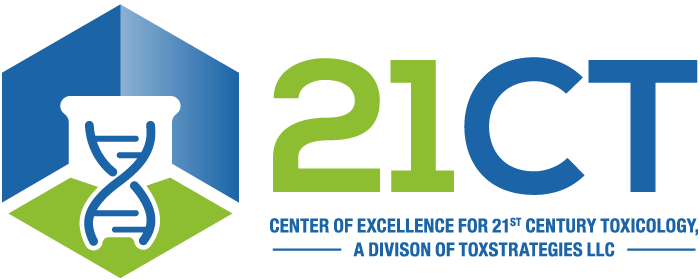Grimm FA, Klaren WD, Li X, House JS, Chiu W, Lehmler HJ, Robertson LW, Rusyn I. Cardiotoxicity screening of polychlorinated biphenyls and their major metabolites. Society of Toxicology 57th Annual Meeting, San Antonio, TX, 2018.
Abstract
Xenobiotic metabolism is complex and determines the physiologic fate and toxicological properties of drugs and environmental chemicals. Accounting for bioactivation and detoxification processes remains among the most challenging aspects of predictive in vitro toxicity screenings. While co-culture systems with metabolically active components are currently being explored, the significance of the metabolic profiles remains unknown. Considering the physiological relevance of novel organotypic culture models and their high-throughput screening capacity, we hypothesize that direct characterization of chemicals and their major metabolites using multidimensional chemical-biological profiling is a sensible alternative. In this study, we tested 25 polychlorinated biphenyls (PCB 3, 11, 52, 95, 126, 136, 153) and their relevant metabolites (hydroxylated, methoxylated, sulfated, and quinone) for concentration-dependent (10 nM-100 µM) acute effects in iPSC-derived human cardiomyocytes and endothelial cells. Functional phenotypic endpoints included effects on cardiomyocyte beating using intracellular Ca2+ flux and inhibition of tubulogenesis. High-content imaging was used to evaluate cytotoxicity, mitochondrial integrity and oxidative stress. High-throughput transcriptomics was used for mechanistic evaluation. Data integration of 19 physicochemical descriptors, 36 in vitro phenotypes, and transcriptomic responses revealed that both the chlorination status and metabolite class are strong predictors of biological activity. Hydroxylation of PCBs, especially dihydroxylated and quinone metabolites, was associated with the highest bioactivity, whereas sulfation and methoxylation of PCB resulted in diminished bioactivity. This study demonstrates a strategy for addressing metabolism in in vitro screening and provides information from organotypic culture systems for human health assessments of PCBs and their metabolites.
